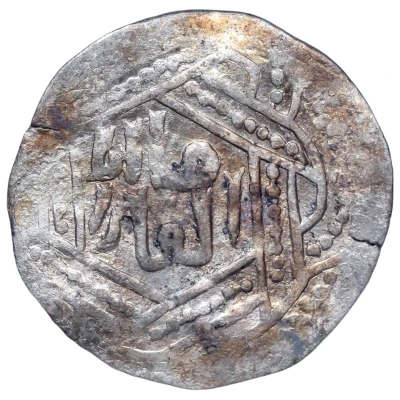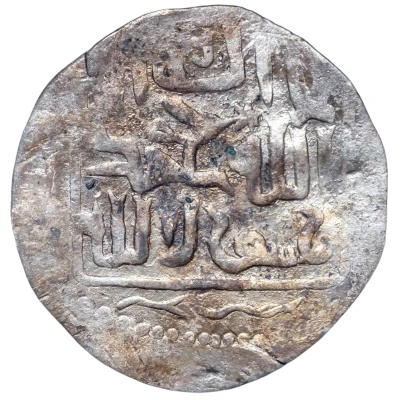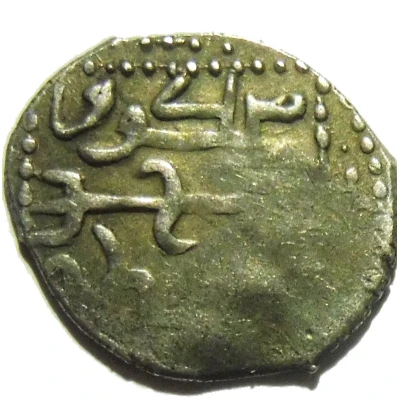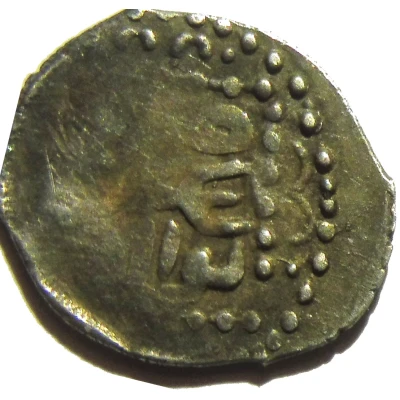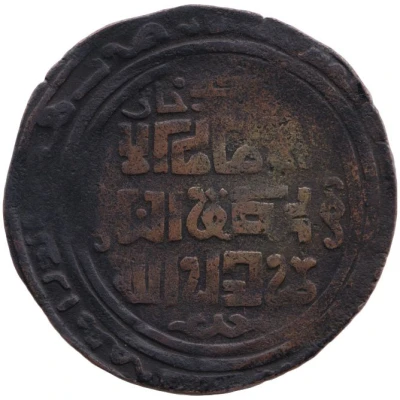
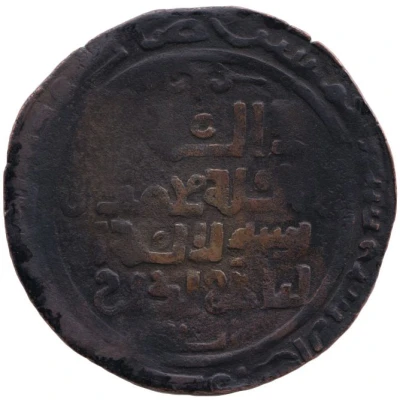

© Timbrimi
Dirham - Möngke Otrar ND
| Silver plated copper | 7.7 g | 41.5 mm |
| Issuer | Great Mongol |
|---|---|
| Khagan | Möngke Khan (1251-1259) |
| Type | Standard circulation coin |
| Years | 1248-1265 |
| Value | Silver Dirham (0.7) |
| Currency | Dinar (1206-1368) |
| Composition | Silver plated copper |
| Weight | 7.7 g |
| Diameter | 41.5 mm |
| Thickness | 0.8 mm |
| Shape | Round (irregular) |
| Technique | Hammered |
| Orientation | Medal alignment ↑↑ |
| Demonetized | Yes |
| Updated | 2024-10-06 |
| Numista | N#359831 |
|---|---|
| Rarity index | 85% |
Reverse
Text in Arabic letters
Script: Arabic
Lettering:
لا اله الا
الله محمد
رسول الله
لناﺻﺭ ﻟﺩ ﻳن
الله
Circular text: ﺿﺭﺏ ﻫﺫ ﻩ ﺍﻠﺩﺭﺍﻫﻡ بلد ﻩاﺘﺭار ﺳﺫﺔ and data.
Translation:
Kalima, Nasir li-din-Allah
Circular text: this dirham was minted in the country of Otrar, and data
Edge
Plain
Comment
The city of Otrar is located in Kazakhstan, at the confluence of the Arys River with the Syr Darya. The heyday of the Otrar oasis falls on the period from the 1st to the 13th century AD, at that time the city was one of the largest centers of trade in Central Asia. Such coins were minted from AH 646 (1248-1249) to AH 663 (1264-1265) from copper and covered with a thin layer of silver. The coins had a forced exchange rate. During this period, the city and its environs were part of the Juchi Ulus and was located on the southernmost outskirts of the possessions. In 1264, the city was destroyed and captured by another descendant of Genghis Khan, and the mint did not function here for 7 years.The date of minting is indicated on the circular inscription on the obverse and reverse, in Arabic words. But it is rarely preserved on coins of this type.
Interesting fact
One interesting fact about the Standard circulation coin Dirham - Möngke (Otrar) ND (1248-1265) from Great Mongol made of Silver plated copper weighing 7.7 g is that it features an image of a Mongolian horse on its obverse side, which symbolizes strength, courage, and freedom, which were core values of the Mongol Empire.
